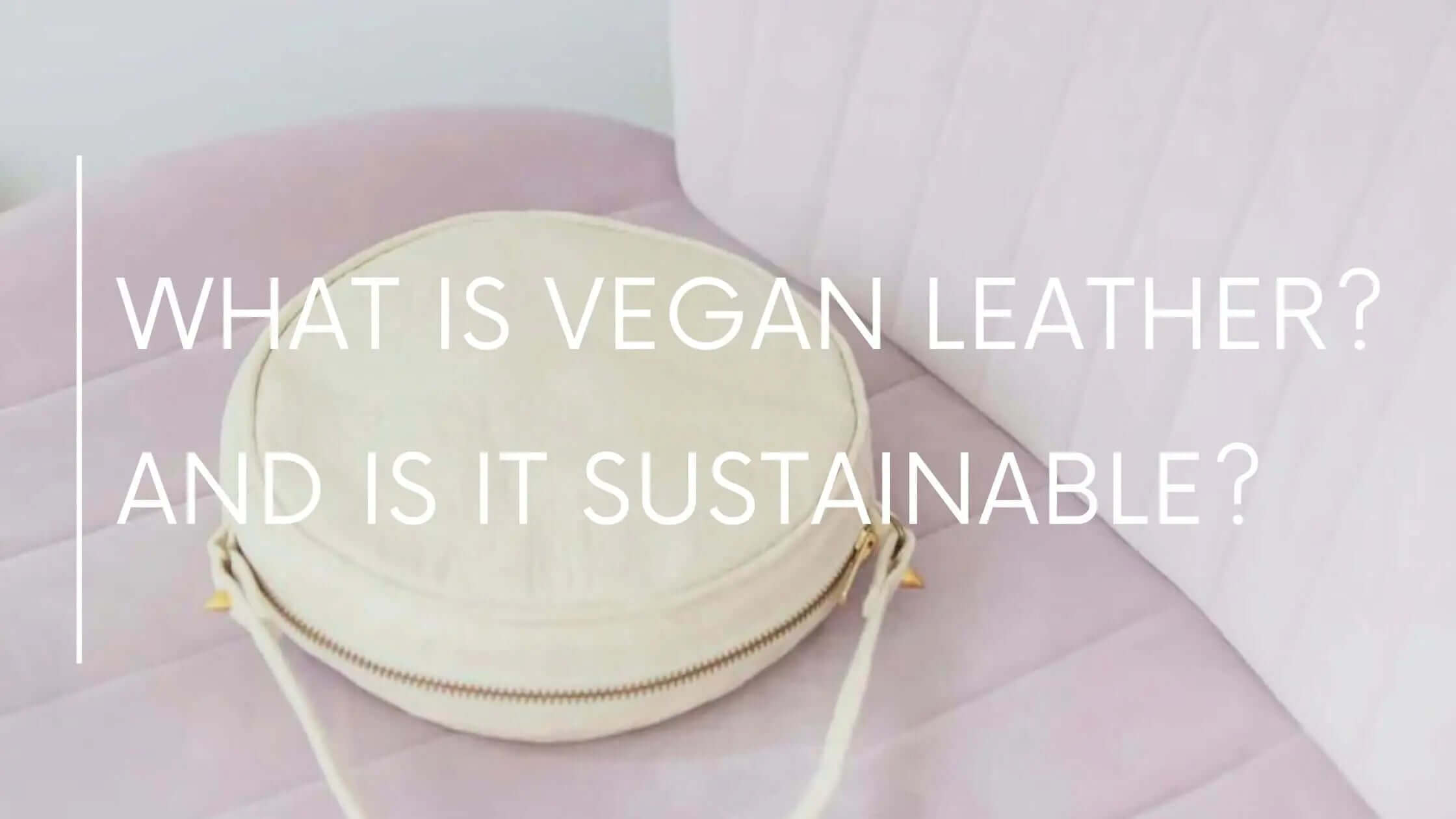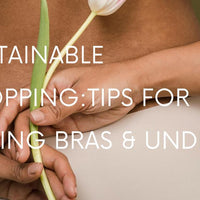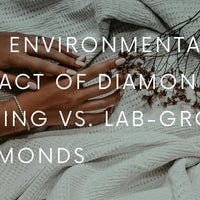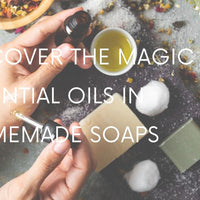What is vegan leather & what is made from?
Vegan leather, also known as faux leather or synthetic leather, is a type of leather substitute that does not involve the use of animal products. Instead, it is made from various synthetic materials or plant-based alternatives. The specific composition of vegan leather can vary depending on the manufacturing process and brand, but there are several common materials used.
One popular material used in vegan leather is polyurethane (PU). PU leather is made by coating a fabric backing, typically polyester, with a layer of polyurethane. This creates a smooth and leather-like surface. PU leather is known for its durability, flexibility, and water resistance. It is commonly used in the production of garments, accessories, and upholstery.
Another common material for vegan leather is polyvinyl chloride (PVC), also known as vinyl. PVC leather is made by applying a layer of PVC to a fabric backing. It is known for its glossy appearance and is often used in the manufacturing of bags, shoes, and furniture. However, it's worth noting that PVC has raised environmental concerns due to its production process and potential release of harmful chemicals.
Additionally, some vegan leathers are made from a combination of natural materials such as cork, pineapple leaves, apple skins, or mushroom fibers. These plant-based alternatives provide a more sustainable and eco-friendly option. For example, pineapple leather, also known as Piñatex, is made from the fibers of pineapple leaves, which are a byproduct of the pineapple industry. This material is gaining popularity due to its natural texture and sustainability.
Another emerging plant-based alternative is mushroom leather, which is made from the mycelium, the root structure of mushrooms. Mushroom leather offers a biodegradable and renewable option for vegan leather production. It can be grown in a controlled environment, reducing the need for extensive land use or harmful chemicals. + Banana leather, Coconut leather, Coffee leather.
Recycled materials are also being utilized in vegan leather production. Some companies repurpose materials like plastic bottles or automotive upholstery waste and transform them into synthetic leather-like materials. This approach helps reduce waste and minimize the environmental impact of production.
It's important to note that the quality and characteristics of vegan leather can vary depending on the manufacturing process and the specific materials used. Manufacturers are continuously researching and developing new materials and techniques to improve the durability, texture, and appearance of vegan leather, aiming to create alternatives that closely resemble the look and feel of genuine leather.
In conclusion, vegan leather is made from a variety of synthetic materials or plant-based alternatives. Materials such as polyurethane, polyvinyl chloride, natural fibers like pineapple leaves or mushroom mycelium, and recycled materials are commonly used in the production of vegan leather. These alternatives provide an ethical and sustainable choice for consumers who prefer not to use animal products, while still offering a wide range of options for fashion, accessories, and upholstery.
By supporting ethical brands, you are voting with your money for a world where animals and workers' exploitation stops existing. Read along to find out why some vegan leathers are more sustainable and ethical than others. Discover the durability of vegan leather and learn how to best take care of your vegan leather accessories.
Here’s what you should know before buying vegan leather
Before deciding to purchase vegan leather, it is important to understand the sustainability of this popular alternative. Vegan leather is an artificial material made from synthetic polymers, and while it can often mimic the look and feel of real leather, it comes with some different environmental and durability concerns. In this article, we will explore what vegan leather actually is, analyze its sustainability considerations, and provide tips on how to choose vegan leather products responsibly.

So...Is vegan leather sustainable?
"Many major vegan leather brands claim their products are made of ‘eco friendly’ PU (Polyurethane) microfibers, used because their ‘feel’ is similar to that of leather, and it can be imprinted with grains that mimic suede and natural skins. But make no mistake–there is no such thing as ‘eco friendly’ PU.
In the production of microfiber-based synthetics, textiles and polymers are often layered together and compressed several times through metal rollers, then submersed in a coagulation solution to solidify. This chemical process requires excessive levels of toxic substances like dimethylformamide, which has also been linked to cancer and birth defects, and acetic acid, high doses of which can damage skin and eyes."
"Despite these eco-horrors, many eco-warriors find vegan leather production even worse. For example, the manufacture and incineration of PVC-based synthetics produce one of the most toxic chemicals known to man: dioxins. Found in almost every single modern human’s body, dioxins promote developmental disturbances and increase cancer risks tenfold.
Since plastic-based synthetics don’t fully biodegrade, they produce micro-particles that are ingested by animals and thus enter the food chain at all levels: even Arctic polar bears have been found to have dioxins in their bloodstream. When it does break down, vegan leather releases phthalates—initially added as a softening agent—which subsequently enter the food chain and the atmosphere, causing breathing problems, breast cancers, hormonal disruptions and birth defects."
-Eluxe Magazine
✓ Plant-based & non-plastic alternatives to leather available at Velvety!
Pineapple leather (pinatex)
Pinatex is made from pineapple leaves. The pineapple leaves are stripped into fine fibres through a process called decortication. These fibres are converted into a 'mesh' like material and then go through a manufacturing process. According to Ahimsa Collective, the production of Pinatex has an incredibly positive environmental impact because “'biomass' is produced in the decortication process. This 'bio-mass' can then be converted into organic fertilizer or biogas and sold. Therefore, both the extraction of the fibres and the production of biomass can provide additional revenue streams to pineapple farming communities.”
Pinatex is durable, breathable, light and flexible, making it a great natural alternative to leather that has an incredibly small environmental footprint because pineapple leaves are currently just a waste product. It blows my mind that we are still creating new processes and fabrics every year that are able to make our world more sustainable, while looking gorgeous!
Apple skin leather
Apple skin leather, also known as apple leather or apple-based leather, is a sustainable and innovative material that mimics the look and feel of traditional animal leather. It is a plant-based alternative derived from the discarded skins and cores of apples, making it an eco-friendly choice for conscious consumers.
The production process of apple skin leather involves repurposing the byproducts of the apple industry that would otherwise go to waste. Apple skins and cores, which are typically discarded during food processing, are collected and transformed into a leather-like material. These apple remnants are thoroughly cleaned, ground into a pulp, and combined with natural binders and additives to create a cohesive fabric.
Cactus leather
The cactus leather you will find on Velvety is from a wonderful New Zealand based business called Velvet Heartbeat.
Cactus leather comes from a ranch in Mexico that uses mature cactus leaves to process into leather. This means none of the cactus are completely cut down, and there is a new harvest every 6-8 months. The mature leaves are then dried under the sun for three days, avoiding the use of any extra energy to assist the drying process. As if that wasn't enough to love, any remaining organic cactus material is exported and sold into the food industry, which is a great example of how natural and safe their product and process is, plus a wonderful way to minimise waste.
Cork leather
Cork comes from cork oak trees, and it is just about as good as it gets in terms of sustainable materials. Unlike most natural sources, a cork oak tree is not cut down in order to harvest the cork. After a cork oak tree reaches 25 years old, a layer can be chopped off every nine years; and since each tree can live for hundreds of years, they provide cork for many generations to come! Plus, each time the cork is harvested, the tree absorbs more CO2 to aid in the bark’s regeneration process. Regularly harvested cork trees store three to five times more CO2 than those left unharvested and helps to keep our air clean, so it really is in our best interest to grow and harvest cork.
While cork is commonly used for wine bottles, it also makes for a fantastic fabric! Cork is flexible, water resistant and can be just as strong as leather. By The Sea Collection uses recycled, offcuts and spare sheets of cork to make their beautiful bags in order to decrease waste as sustainability is at the core of their business. I love the natural cork designs with hints of colour, uniquely splashed onto each bag. Cork and colour are perfect for summer style, especially because it is so easy to keep clean (so you don’t need to feel guilty if a bit of your ice cream drips onto it at the beach)
Leaves leather
When you think of nature, I would bet you think of leaves, but did you know leaves can make a great natural material too? Leaves are at the center of sustainable brand Thamon’s designs. Each piece is made by hand using fallen leaves that are dyed and treated with an environmentally friendly polymer to restore and enhance the leaves' properties. Using leaves also means that no piece is identical, so everything is beautifully unique.
Thamon uses a mixture of leaf leather and cork leather to create their bags and each one is elegantly designed to be as durable as they are beautiful. We have also added Tree Tribe's beautiful and unique leaf leather bags to our collection, who work with artisans all over the world and plant 10 trees with every purchase.
Paper leather
Strange as it may sound, there is a type of washable paper that is used as a leather alternative. Jacron paper is a craft paper mainly used for jean badges. It is durable enough for everyday wear and doesn’t fall apart in water unlike most paper varieties. This is still relatively new to the market as a complete product, but has proven to be a strong material, and a great vegan contender to leather.
Bare Instinct has also produced paper-based products from a material known as Washable Paper. Washable paper is made from cellulose fibre that comes from wood. Each bag is also fully lined with high-quality hemp and organic cotton denim fabric.
Corn leather
Corn leather, also known as maize leather or corn-based leather, is a sustainable and eco-friendly alternative to traditional animal leather. It is a plant-based material derived from corn, specifically the fibers and proteins found in the corn crop. This innovative material offers several advantages over conventional leather, making it an attractive option for environmentally conscious consumers and industries.
The production process of corn leather involves extracting the fibrous husks of corn, which are usually discarded as agricultural waste. These husks are rich in cellulose, a natural polymer that can be processed and transformed into a leather-like material. The cellulose is treated and combined with other natural materials such as oils, waxes, and resins to enhance its durability and flexibility.

Even though these leathers sometimes use a mix of polyurethane (a plastic-based resin), it’s a scant amount, and they still have a much lower impact than animal-based leather.
Like we’ve said before, some vegan leathers are eco-friendly, but many aren’t. In any case, all types of vegan leather are more sustainable than animal leather - even pleather.
The 2017 Global Fashion Industry Report concluded that animal leather is worse for the environment than any other material, including vegan leather.

This is because, even though animal leather tends to be more durable and biodegradable, the environmental cost of raising cattle and producing leather is far more harmful.
As for the vegan leathers, we can break them into 3 categories to assess its environmental impact:
1. PVC leather: PVC (Polyvinyl chloride) is the world's third-most widely produced synthetic polymer of plastic. The manufacturing process releases harmful chemicals to our health. PVC is also not 100% recyclable or biodegradable - over time, it just breaks down and turns into microplastics.
2. PU leather: Polyurethane leather typically requires fewer toxic chemicals in the manufacturing process. But it’s still not recyclable or biodegradable.
3. Plant-based leather: This is, undoubtedly, the most ethical choice. The list of materials we included in the list above fits within this category. The base materials are natural and 100% biodegradable. (Our favourite!) This is the best choice for the animals, the planet, and your own health - and even the best quality vegan leather.
Besides choosing the materials well, don’t overlook the production methods when you’re purchasing vegan leather. Some companies that use plastic-free leather might still use production methods prejudicial to the environment and its workers. Always make sure you are buying from a truly ethical and sustainable brand.
With Velvety, you don’t have to spend hours researching brands and the materials they use. All the brands we sell at Velvety are 100% ethical, vegan and sustainable.
Is Vegan Leather Durable?
Are pineapple, cactus, apple leather and other vegan alternatives as durable as animal skin?
They’re almost as durable. With proper care, plant-based leather products can last anywhere from two to five years, depending on the amount of wear and tear. This might not be quite the same length as animal leather, but when weighing the sustainability and animal suffering costs, most people find it a reasonable price to pay.
Throughout the years, we’ve seen vegan leather improve drastically in terms of quality and durability. Plant-based leather is made by compressing layers of the base material, and then coating it in a durable, water-resistant outer layer, which makes it last a long time if well cared for.
How to Care for Vegan Leather
Different plant-based leather materials might need different ways to care. Usually, you’ll receive specific instructions when you buy a pair of vegan leather shoes or other accessories.
Some brands recommend a vegan wax to ensure the longevity and suppleness of your vegan leather, while others might simply advocate for a wet cloth to remove any dirt. With proper care, plant-based leather should keep the original shine and flexibility for a long time.

Here are a few tips to keep vegan leather beautiful for years:
1. Avoid drying vegan leather out. Some types will crack with excessive heat and exposure to the sun.
2. Every six months (or when your leather looks dry), gently rub it with a small amount of leather conditioner or even baby oil, using a soft cloth. But first, test a small inconspicuous area to make sure the colour won’t be affected!
3. Beware that some types of dye can transfer colour onto other materials. For example, dark wash jeans could discolour a light-coloured vegan leather bag.
4. To clean plant-based leather, use a drop of gentle soap and lukewarm water. Rub gently with a soft cloth, then wipe the soap/water mixture off with a separate moist cloth.
Are you Ready to Buy Plant-based Leather?
Now that you know the most important things about plant-based leather, you can start your shopping! Discover our collections of fairly made vegan wallets for women, vegan leather handbags, leather wallets and vegan leather shoes.














0 comments